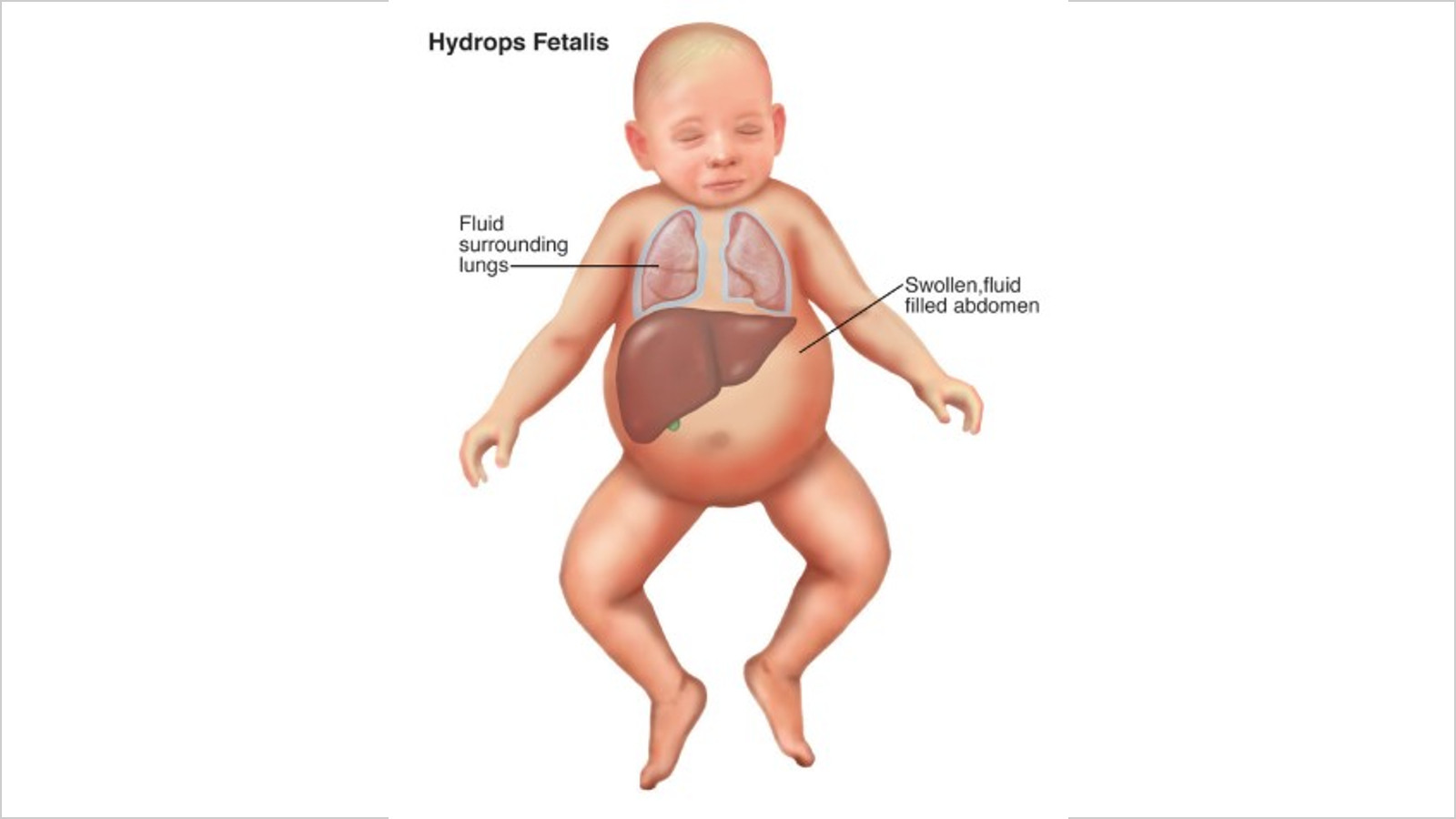Definition
Ballantyne syndrome, or mirror syndrome, is a pregnancy condition where the fetus experiences excessive fluid accumulation and the mother experiences preeclampsia. Preeclampsia is characterized by hypertension or high blood pressure during pregnancy, accompanied by protein in the urine. In mothers with preeclampsia, there can be signs of organ dysfunction such as elevated liver enzymes, decreased platelet count, body swelling, or fluid accumulation in the lungs.
Ballantyne syndrome is also known as mirror syndrome due to the similarity of symptoms experienced by the mother and fetus. The term "triple edema" is also associated with this condition. Edema refers to swelling caused by fluid trapped in body tissues. This swelling occurs in the fetus, placenta, and mother, thus called triple edema.
This condition is rare but can have serious and potentially life-threatening effects on the mother and fetus. Pregnancy complications like Ballantyne syndrome can cause stress, fear, and anxiety for the mother. However, recognizing the symptoms and informing the doctor is the first step to obtaining an accurate diagnosis and appropriate treatment.
Preeclampsia is one of the complications of pregnancy that is often encountered; you can read here.
Causes
Due to its rarity, the exact cause of Ballantyne syndrome is unknown. It is considered to result from fetal hydrops, a condition where there is a significant accumulation of fluid in the fetus's tissues and organs. Fetal hydrops can cause extensive swelling in the fetus, posing a life-threatening risk.
Ballantyne syndrome can be caused by various factors depending on the type of fetal hydrops. It often arises from complications affecting the fetus's natural ability to regulate fluids, leading to preeclampsia with symptoms of swelling and fluid accumulation in the mother's lungs.
If you are interested in reading more about fetalis hydrops, you can read here.
Risk Factor
Since Ballantyne syndrome is associated with fetal hydrops, several conditions increase the risk of fluid accumulation in the fetus, including:
- Infections
- Genetic syndromes
- Metabolic disorders
- Heart disease
- Anemia
- Twin-to-twin transfusion syndrome, where blood flow is uneven between twins sharing one placenta, can also cause fetal hydrops.
You can read articles about twin-to-twin transfusion syndrome here.
Symptoms
Recognizing the symptoms of Ballantyne syndrome in both the mother and fetus is crucial for timely therapy. Symptoms can overlap with other conditions, such as preeclampsia, making an accurate diagnosis essential.
- Significant or severe swelling
- Rapid and excessive weight gain in a short time
- Presence of protein in urine (detectable through urine tests)
- Decreased urine output
- High blood pressure
- Headaches or vision disturbances like blurred or double vision
- Shortness of breath due to fluid accumulation in the lungs
Blood tests may reveal hemodilution (increased plasma levels with fewer red blood cells) and anemia due to excess fluid in the body.
Diagnosis
Diagnostic criteria for Ballantyne syndrome vary. Fetal hydrops is a key criterion, defined by abnormal fluid accumulation in at least two areas of the fetus's body, such as the abdomen, lung membranes, heart membranes, and/or skin (thickness >5 mm). Increased amniotic fluid (polyhydramnios) and placental thickening are common but not diagnostic criteria.
Additional tests, combined with maternal symptoms and observed signs, along with fetal hydrops detection, are crucial for diagnosing Ballantyne syndrome.
Although no specific tests diagnose Ballantyne syndrome, other test results can help in diagnosis. Laboratory tests may include:
- Complete blood count
- Kidney and liver function tests
- Urine tests
- Uric acid levels
Ultrasound can detect fluid accumulation in the fetus and assess the fetus, placenta, and amniotic fluid. Echocardiography can evaluate the fetal heart.
Management
Because Ballantyne syndrome is classified as a rare disease, treatment for Ballantyne syndrome varies depending on specific situations, such as fetal status and gestational age. Treatment often focuses on the underlying cause of fluid accumulation in the fetus and the severity of maternal preeclampsia. For example, if the fetus has significant anemia causing fetal hydrops, blood transfusions may be performed. Successful fetal hydrops therapy can improve maternal symptoms of Ballantyne syndrome.
In other cases, especially with severe preeclampsia or unknown fetal hydrops causes, doctors may consider early delivery or continuing the pregnancy, considering the risks to both mother and fetus. For example, if the gestational age is still considered very premature.
After delivery, maternal symptoms typically improve within a few days. The newborn usually requires intensive care in the NICU (neonatal intensive care unit) to manage fetal hydrops and provide appropriate therapy for the baby. Managing Ballantyne syndrome is challenging and requires careful consideration of risks to both mother and fetus when deciding on delivery versus continuing the pregnancy.
Complications
Ballantyne syndrome is associated with extensive fetal anomalies and malformations. Although rare, it is a serious and potentially life-threatening condition.
Prevention
There are no known ways to prevent this condition. Regular prenatal check-ups are essential for monitoring maternal and fetal health and addressing any pregnancy complications.
When to See a Doctor?
If you experience symptoms of Ballantyne syndrome or preeclampsia, it is crucial to take them seriously. Report all symptoms, even minor ones, to your doctor or healthcare provider.
Symptoms may be normal pregnancy-related discomforts, but if they are concerning, contact your doctor immediately. Report any changes in fetal movement and all symptoms and signs you experience. Early response is key to diagnosing and treating Ballantyne syndrome.
Looking for more information about other diseases? Click here!
- dr. Alvidiani Agustina Damanik
Jaime R. Herndon, M.S. (2021) Mirror syndrome is a rare condition during pregnancy, Verywell Family. Verywell Family. Available at: https://www.verywellfamily.com/mirror-syndrome-4587193 (Accessed: December 22, 2022).
Nau, A.U.T.H.O.R.S.C. (2021) Mirror syndrome: Article: GLOWM, The Global Library of Women's Medicine. Available at: https://www.glowm.com/article/heading/vol-8--maternal-medical-health-and-disorders-in-pregnancy--mirror-syndrome/id/415763#.Y6PIOy8RppQ (Accessed: December 22, 2022).
May 1, 2015 (2015) Ballantyne Syndrome: Get the facts on triple edema, UPMC HealthBeat. Available at: https://share.upmc.com/2015/05/ballantyne-syndrome/ (Accessed: December 22, 2022).











